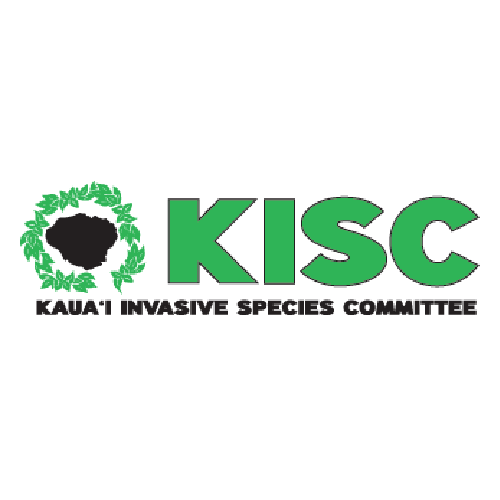Family: Solanaceae
Solanum linnaeanum (apple of Sodom, poison apple) is a woody perennial shrub native to Africa. When raw its fruits are green and look exactly like the Thai eggplant and when ripe they are yellow. However, its fruits are poisonous and inedible. In Ukambani eastern Kenya, children in the villages in summer season use the poisonous yellow fruit as football, cautiously. It is naturalized in disturbed, often coastal, habitats worldwide, including the Hawaiian Islands of O’ahu, Moloka’i, Lanai, Maui, Kaho’olawe, and Hawai’i. Its thorns make it a nuisance when it comes to landscaping and gardens.
High Risk Traits:
- Broad climate suitability
- Native to and naturalized in regions with temperate to tropical climates
- Naturalized on Oahu, Molokai, Lanai, Maui, Kahoolawe, and Hawaii (Hawaiian Islands) and widely naturalized elsewhere
- In Hawaii, a weed of dry pastures, coastal to dry shrubland and dry forest
- An agricultural weed of pastures, displacing other plants and hindering movement of people and animals
- An environmental weed in Australia, competing with native plants and harboring invasive species like rabbits
- A potential environmental weed in the Hawaiian Islands
- Other Solanum species are invasive weeds
- Armed with prominent, stout, nearly straight, straw-colored prickles
- Possibly allelopathic
- Toxic to animals and people (but rarely, if ever, consumed)
- Unpalatable to grazing animals (due to prickles)
- Forms dense thickets
- Reproduces by seeds
- Self-fertile
- Reaches maturity in 2 years
- Fruits not consumed by birds or other animals, but fruit and seeds may be dispersed by attaching to machinery and animals, soil movement, water, and potentially as a contaminant
- Prolific seed production (ca. 1500/plant)
- Seeds may persist in the soil for 1 to 2 or more years
- May resprout without herbicide treatment
Low Risk Traits:
- Grows best in high light environments (dense shade may inhibit spread)
- Herbicides may provide effective control




